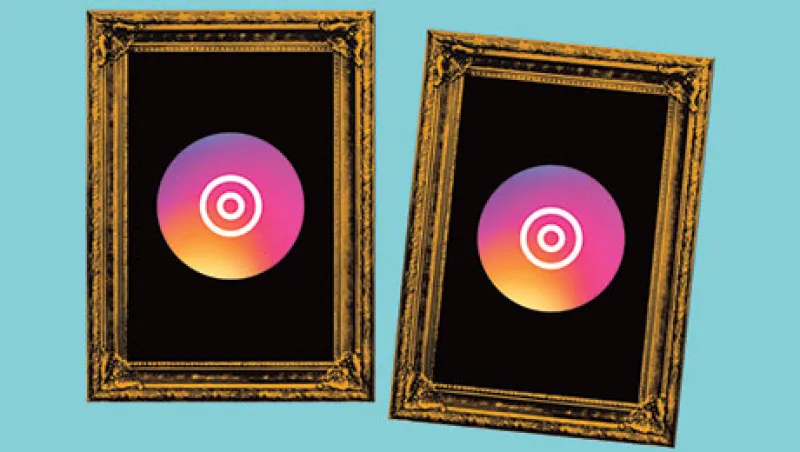Andrew Hall, an oracle of oil prices, is known to fellow traders as, simply, God. But even the Almighty is having problems with Instagram’s decency rules.
Hall’s trading isn’t getting him into trouble. It’s his art. Hall, made famous by his $100 million payday in 2008 as head of Citi’s Phibro, now runs his own hedge fund, Astenbeck Capital Management. If his social media presence is any indication, being freed from bailed-out bank life has allowed Hall to explore a passion for art. His world-class-and-growing collection resides partly at a farm in Vermont, in a castle in Germany, and on loan in various museums — as well as captured on Hall’s vibrant Instagram feed.
@Andyhall16’s sensibilities run to the provocative or profane, depending on your level of acceptance. Example: A January 2 post featured images of first ladies Martha Washington, Jackie Kennedy, and Michelle Obama, and then–First Lady–elect Melania Trump. Only the first three wore clothes. That Mrs. Trump’s bare image remains available to his nearly 2,500 followers is likely due to her hand covering her private parts, and her pixelated nipples.
Such discretion was new for Hall. Throughout the summer and fall, pieces of art populated the feed that would test most mothers. Tony Matelli’s Sleepwalker — depicting a topless female somnambulist — made an appearance on August 25. On October 21, Robert Overby’s UT Daylillies featured the bare rear end of a young woman. Following the election, he produced a flurry of Nazi-referencing images. Among them was Jörg Immendorff’s Folgen, portraying an ornate, burning swastika, with the comment, “Joerg told me just before he passed away that the smoldering embers of society’s fascistic tendencies were waiting to be fanned by the next fanatic.” A few days later a 1949 untitled work by Francis Picabia appeared. “I think we loaned this little drawing to the show that is opening at MOMA,” Hall commented. It depicted oral sex.
On December 8, Hall finally ran afoul of Instagram’s sensibilities, if not a strict interpretation of its rules. According to the company’s community guidelines, “there are times when people might want to share nude images,” but “we don’t allow nudity on Instagram. This includes photos, videos, and some digitally-created content that show sexual intercourse, genitals, and close-ups of fully-nude buttocks.” Yet, confusingly, the guidelines also state that “nudity in photos of paintings and sculptures is OK.”
Either way, on the 8th of December, Hall posted a painting by contemporary artist John Currin, whose work often sells for north of $1 million. If the piece was true to form, it “traffick[ed] in lowdown humor, heartless kitsch, and ironic smut,” as the New York Times’ then–art critic Michael Kimmelman wrote in 2003. Not that Hall’s followers had much of a chance to critique: Company censors swooped down and removed the photograph of a painting of, very likely, ironic smut.
Hall was furious. “So IG couldn’t handle John Currin,” he wrote in a comment. “Whoever feels compelled to report my posts please stop following and go live your miserable life without inflicting your pathetic moralistic values on me.”
Like the gutsiest of traders, Hall doubled down. The following day he all but challenged Instagram to do the same thing. Posting the explicit L’Origine du monde by Gustave Courbet, he added a comment: “OK, let’s see how long this last’s [sic].” It passed the month mark in early January.
The fight with Instagram censors has perhaps pleasantly diverted Hall from a legal one that made page one of the New York Times in October. According to court documents, Hall accused a mother and son of selling him $675,000 of forged art. The duo disappeared, however, leaving Hall and the 24 dubious pieces.
Yet no art feud would shake up Andrew Hall, oil god. In August, with crude selling around $40 per barrel, Hall declared in a client letter that prices were poised for a “violent reversal,” Bloomberg reported.
@Andyhall16 once again proved his impeccable eye. By the year’s end oil was up more than 30 percent.




